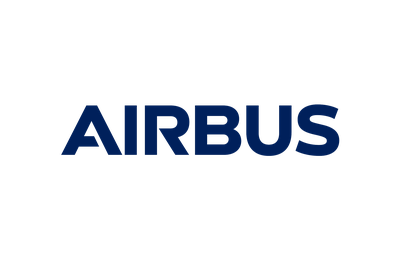2017 Competition: Connecting the Space Economy

Project Specifications
Your assignment is to:
- Define the expected communications requirements of the Space Economy to support asteroid and lunar mining, transport of materials to Earth orbit and in-orbit manufacturing and assembly at LEO, MEO and/or GEO.
- Research the existing capabilities of Earth-based and satellite communications systems to support these communications requirements.
- Identify gaps that can be filled by space-based communications assets.
- Develop a conceptual design, timeline and cost estimate for a network of satellites capable of filling these gaps, whether it is a dedicated Space Economy network or dual-use satellites capable of meeting terrestrial communications needs as well.
In addition to existing satellite, launch and propulsion technology, your design may take advantage of new developments that are likely to become commercially feasible as a result of the early development of the Space Economy. (For example, you may assume that in-orbit assembly or manufacturing has become a commercial reality.)
Submissions will be judged first on the quality, depth, and rigor of the work presented, and secondly by the breadth of the work in terms of topics covered. This is potentially enormous topic, and your team may benefit by carving out a specific problem, such as support for lunar mining or asteroid mining, and devoting yourself to that solution.
Team Specifications
Teams must be comprised entirely of students at one university (for institutions such as state universities with many campuses, the general rule is that each campus is considered a separate university: e.g., UT Austin, UT Dallas, and UT Houston must keep their teams separate). Teams will be limited to one per university, and team candidacy must be submitted through that university's SEDS chapter (SEDS chapters are each responsible for coordinating their own teams). We recommend between 3 and 10 members per team, but we encourage team leadership to include as many interested chapter members as possible. Individual team members must maintain student status at the university naming the team, and may only contribute to one project at a time.
Since this is a student project, SSPI and SEDS-USA expect student team members to do the vast majority of the work. Mentors are assigned to assist teams with overcoming the learning curve, but should not do substantial work on the project, except when necessity dicates (driven by, e.g., proprietary software). All contributing team members should be credited on the team roster, which is submitted with the project.





